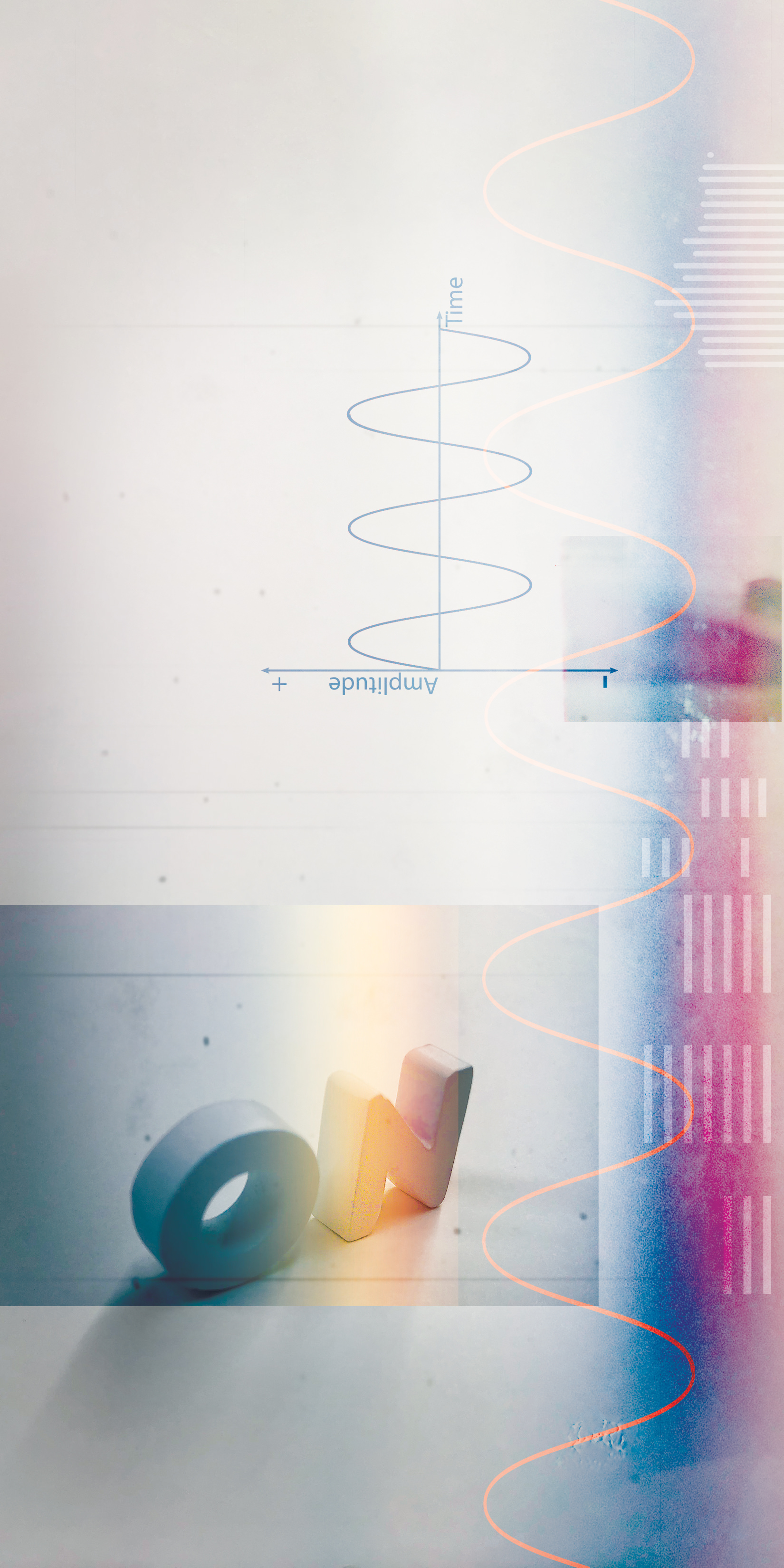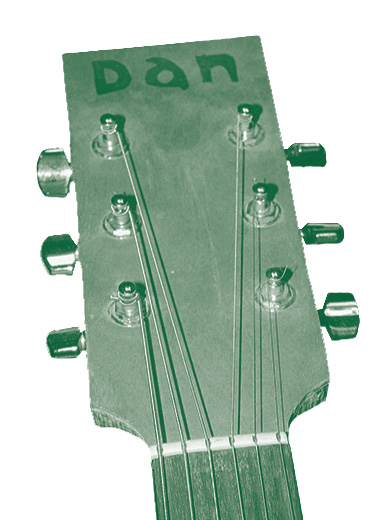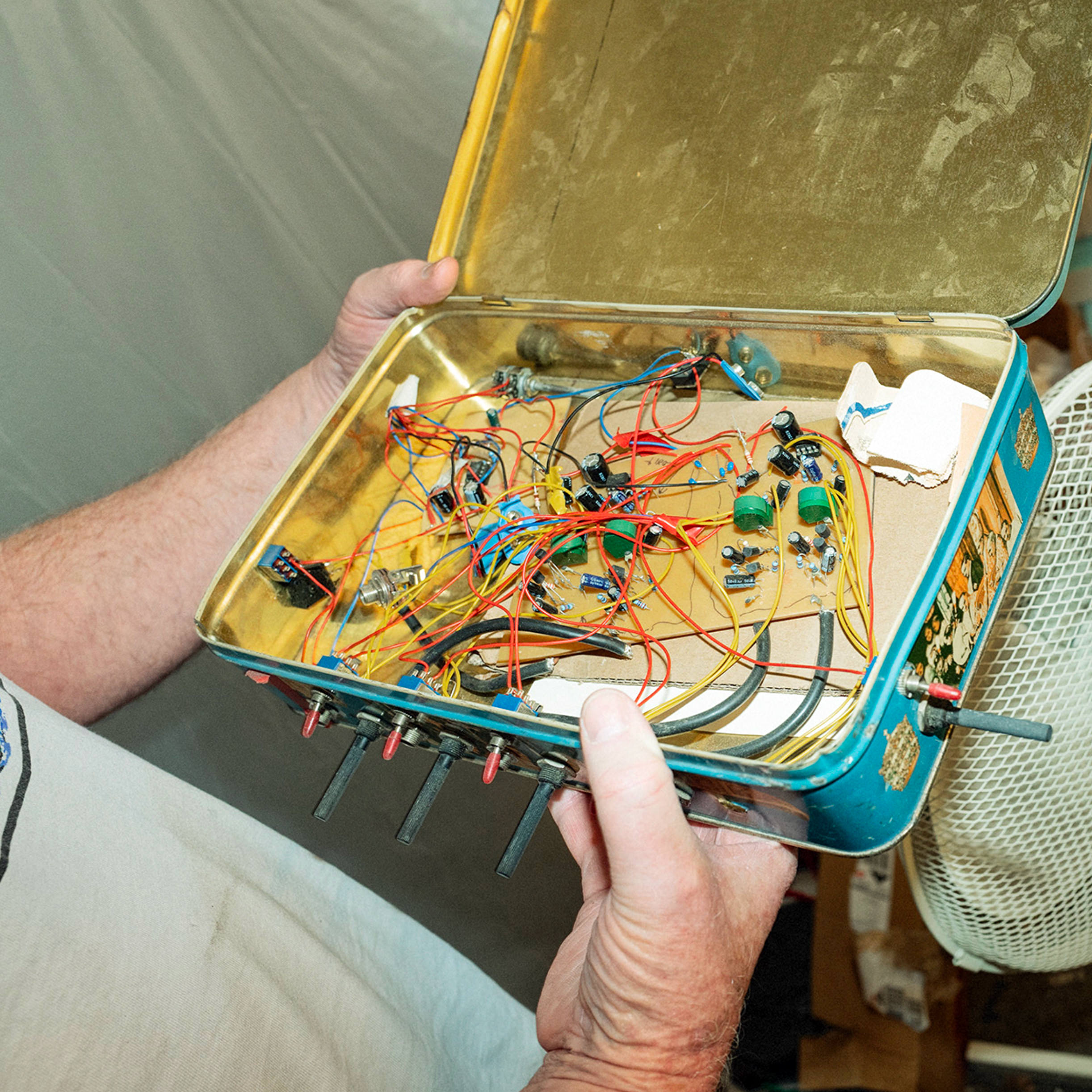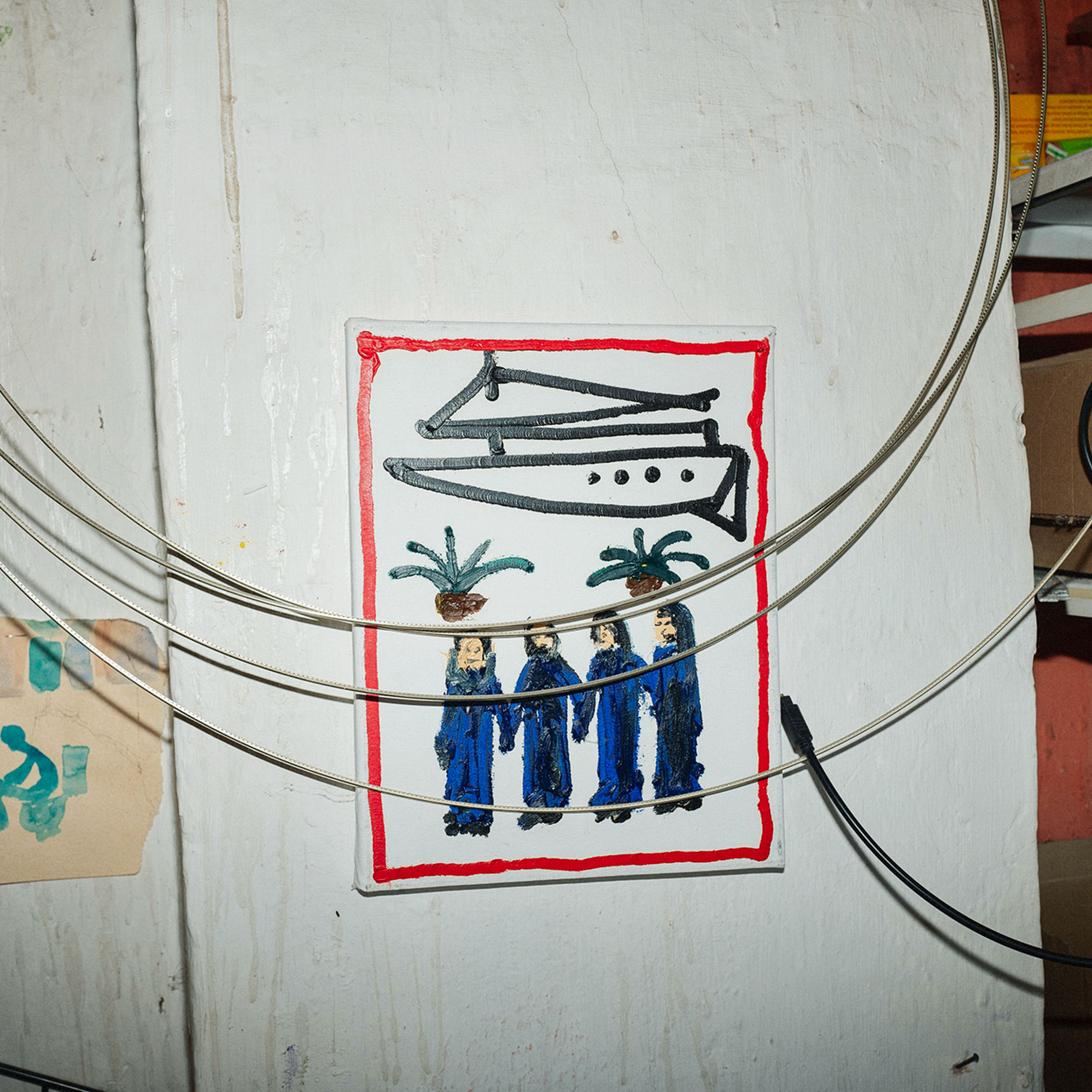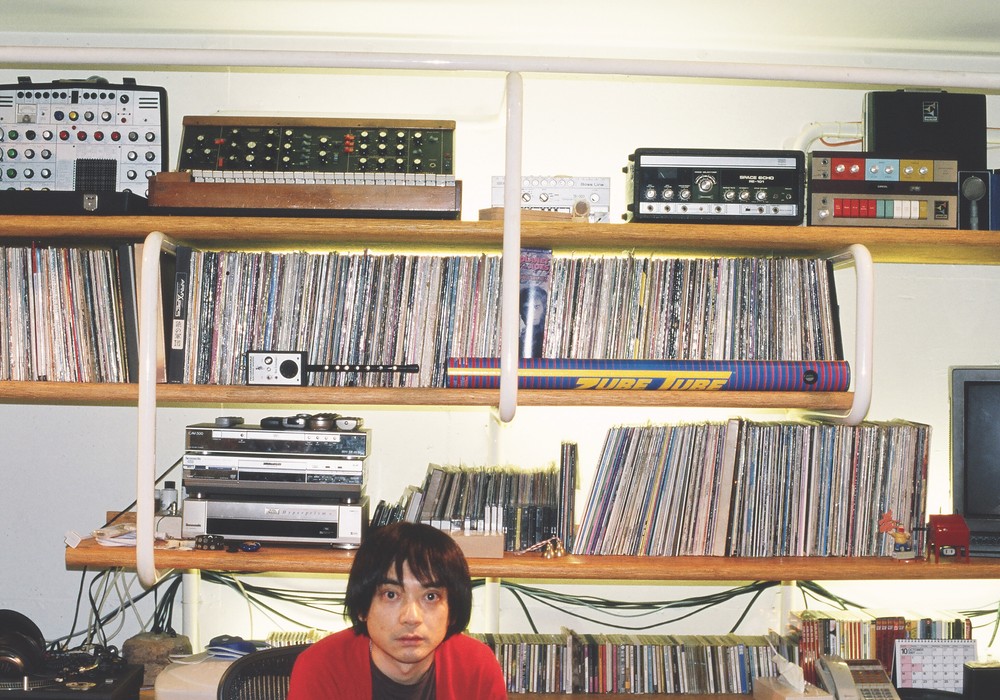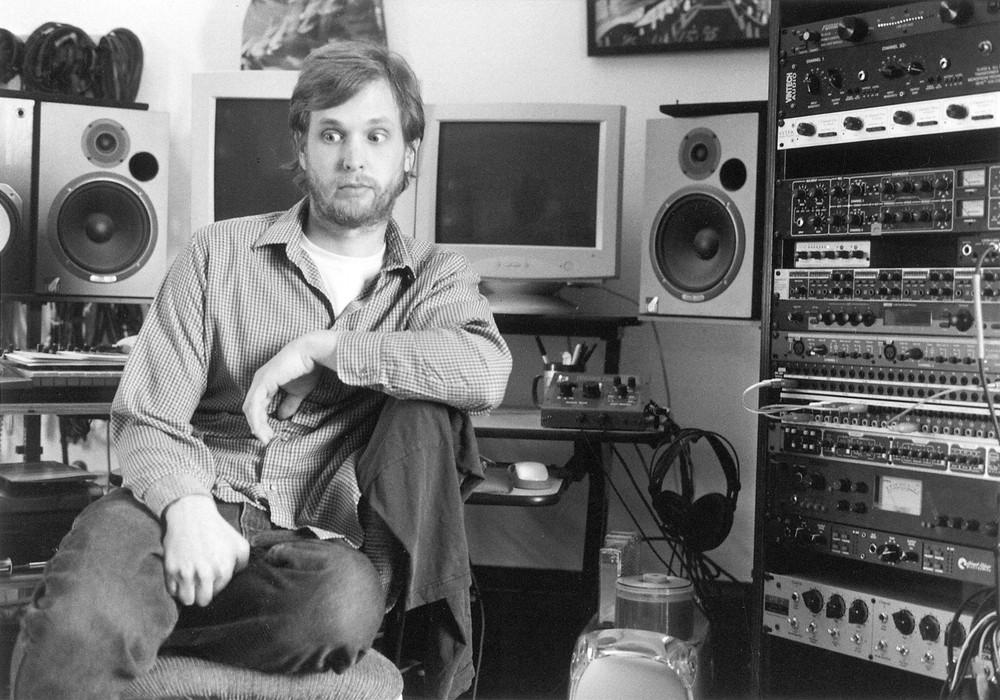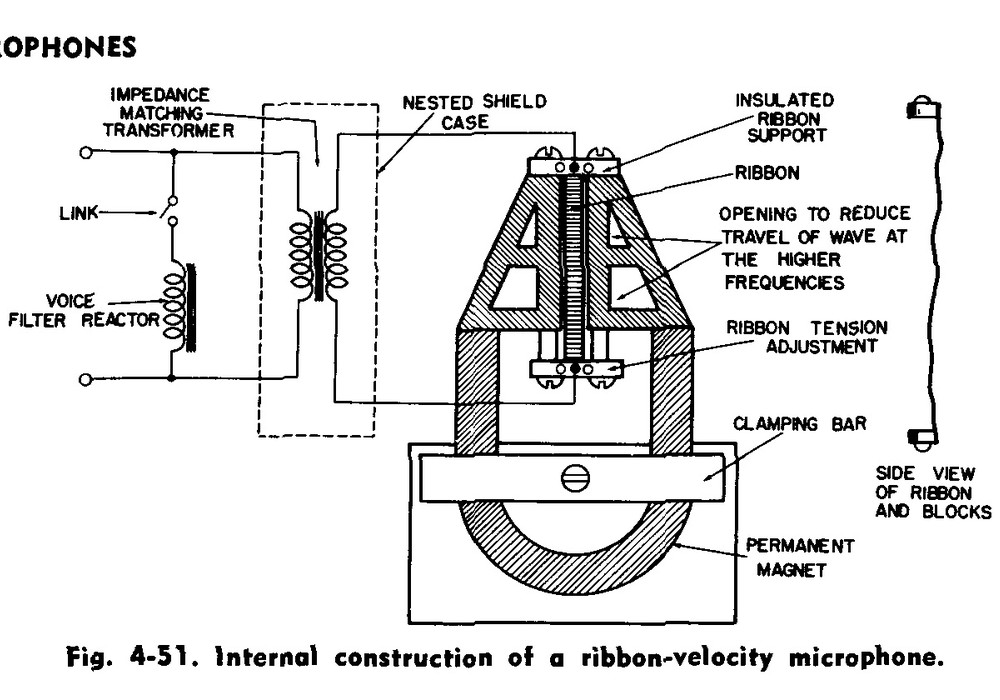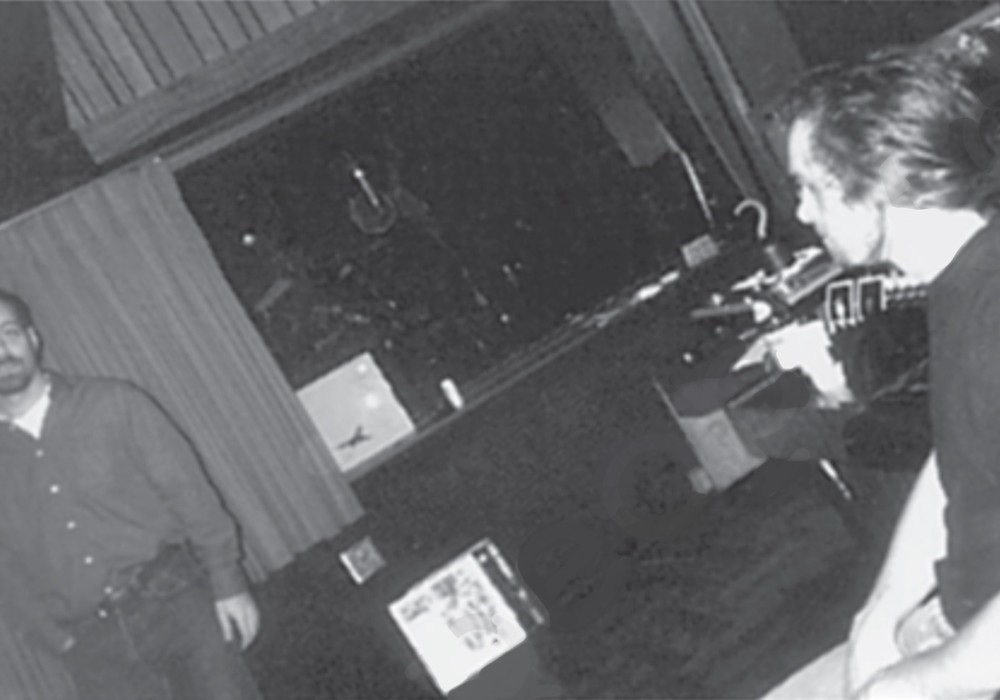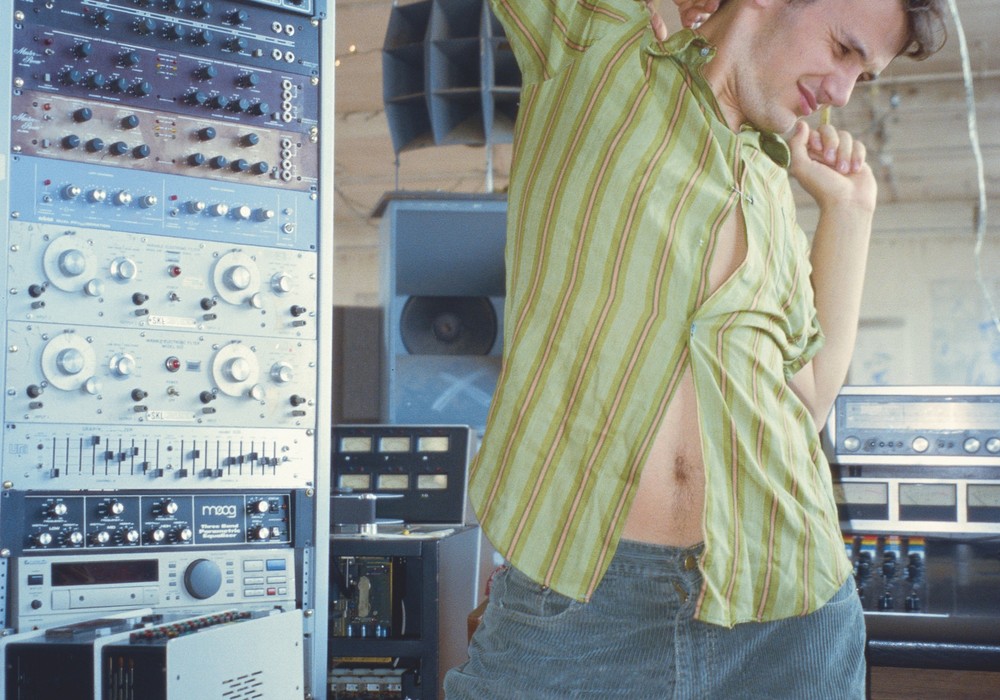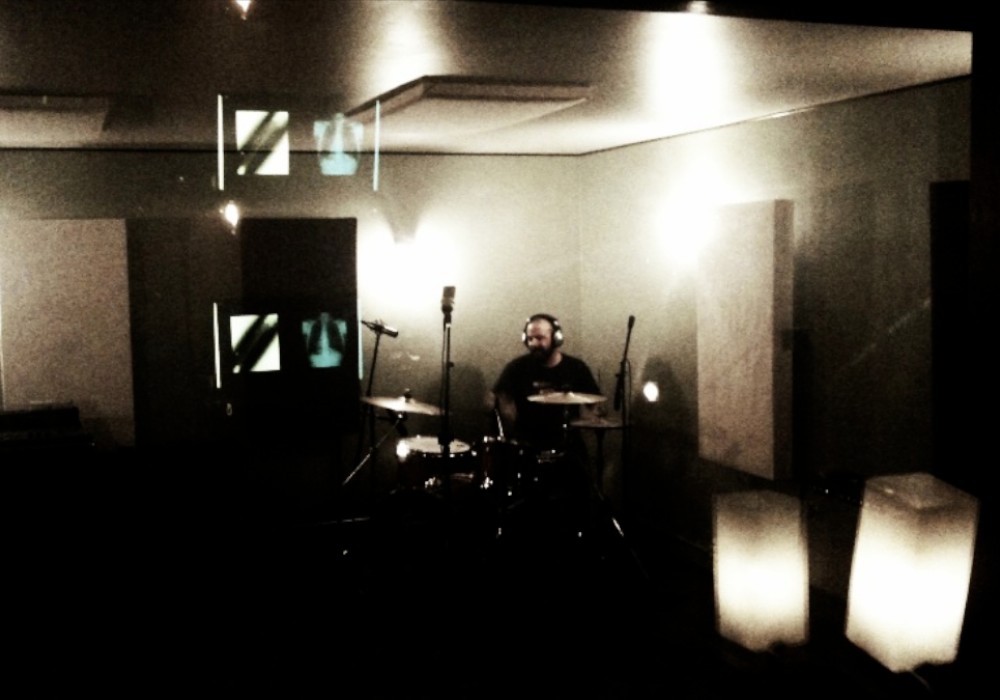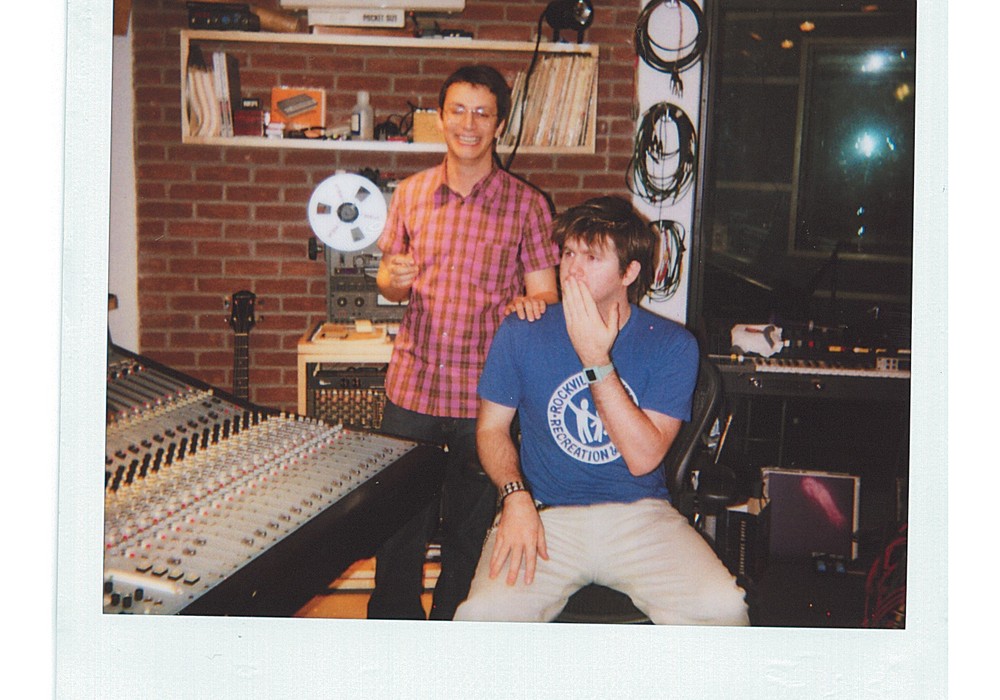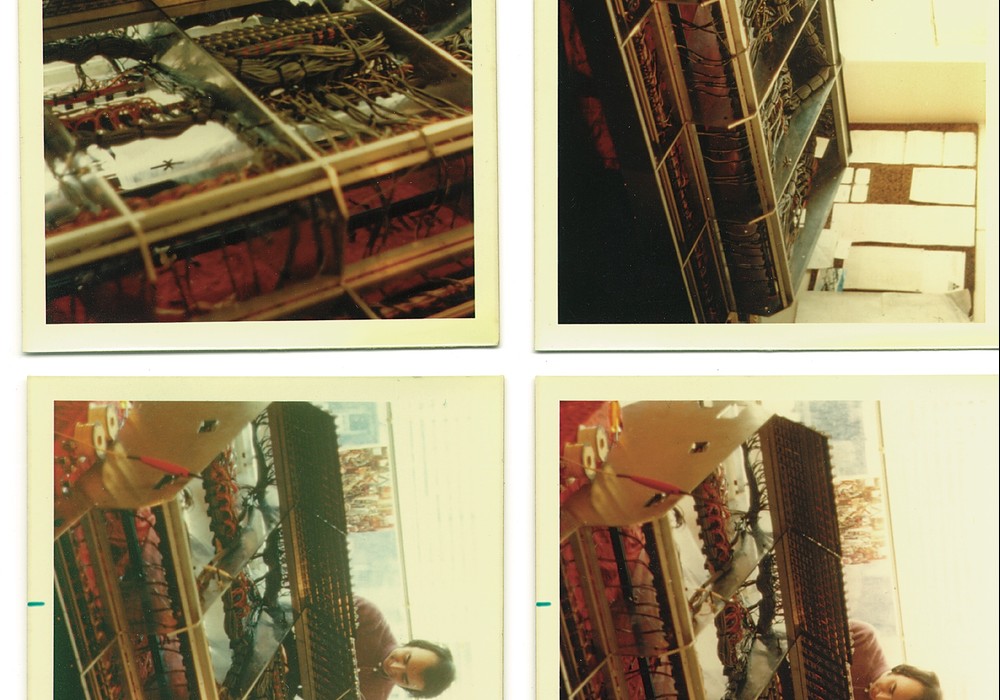Primarily known as a visual artist, Dan Reeder – born in Louisiana but residing in Nuremberg, Germany for four decades – is the epitome of a Tape Op interview subject. He builds his own instruments, microphones, mixers, and computers. Additionally, he also engineers, mixes, and masters his own records. He even does all the artwork! It was a joy to pick his brain.
What came first? Was it visual art, or was it music for you? What was the spark?
It was visual art. I went to college and studied painting. Then I moved to Germany, and I was painting. They've got these artist prizes here, from the city of Nuremberg, and I won one of them at the end of the '90s. I was sick of the art scene at the time; a friend of mine knew that, and he also knew that I had 10,000 Deutsche Marks to spend. [laughs] He came over with a book called something like Build an Acoustic Guitar, knowing that I would jump all over that shit. I took money that I won from a painting prize and started making guitars, and that's the guitar I made my first record with [Dan Reeder].
It looks like The Simpsons designed a guitar. [Or Pablo Picasso. It's very asymmetrical. -Ed.]
I'm going to explain the shape of that guitar: This friend of mine, who's also a painter, wanted to make guitars too. We bought some sides; I bent one side, and he bent the other. That's the two shapes that you see on that guitar.
After you built the guitar, did songs start forming?
Actually, what turned me into a songwriter was the computer. Another friend of mine gave me a computer. It was an old IBM 286 and had two megabytes of RAM. I could run Windows 3.0, but just barely, and it wouldn't do sound at all. I kept improving it, putting in different motherboards and faster processors. When it got to Pentium 100, I could start recording audio. I bought a program for audio. The guy said, "If you want MIDI, get [Steinberg] Cubase. And if you want audio, get [MAGIX] Samplitude." So, I bought Samplitude for my birthday and started recording audio.
Is that when you started writing songs, once you had the ability to record?
Yeah. I always sang harmony with my brother at home; our whole family did that. We sang four-part harmony. We would be driving in a car and my parents discovered that if we sang together that we didn't fight. [laughter] My voice is weird and quiet. But with a computer I could sing with myself, and it would work. I could sing as many harmony voices as I wanted to, and it was wonderful.
What's the weirdest material you've used for an instrument?
I made a PVC clarinet. Oh yeah, and I made a cardboard saxophone. I'll never do it again! It was a mistake, but it's not that bad. Imagine a long, skinny pyramid out of papier-mâché and cardboard. I put a saxophone mouthpiece on it, blew into it, and it made a resonant, nice sound. I started cutting holes in it, and I cut plywood keys. Then I had to make the keys airtight. If you don't make them airtight, they don't work at all. When you start cutting holes in the papier-mâché, it quits being resonant. It's not very musical, and I'm constantly having to repair it. I don't recommend building saxophones! [laughter]
Are you researching some of these builds on the internet first? Or are you thinking, "Okay, I want to make a sax. How would I attack this today?"
Most things, like stringed instruments, I don't really have to think about. The fret spacing, or what I make the frets out of, is all pretty standard. You've got the "rule of eighteenths." It's actually 17.817. If you take a length and divide it by 17.817, then that'll give you a number. You subtract that [from the length], and that's where your first fret is. Then you take that new length, divide it by 17.817, and that'll give you your second fret. What'll happen is that your twelfth fret will be exactly in the middle.
Wow.
You can use that for pretty much anything. With a steel string, you're going to have to move the bridge up four millimeters for the bass string, and then it's going to make a little zigzag....
